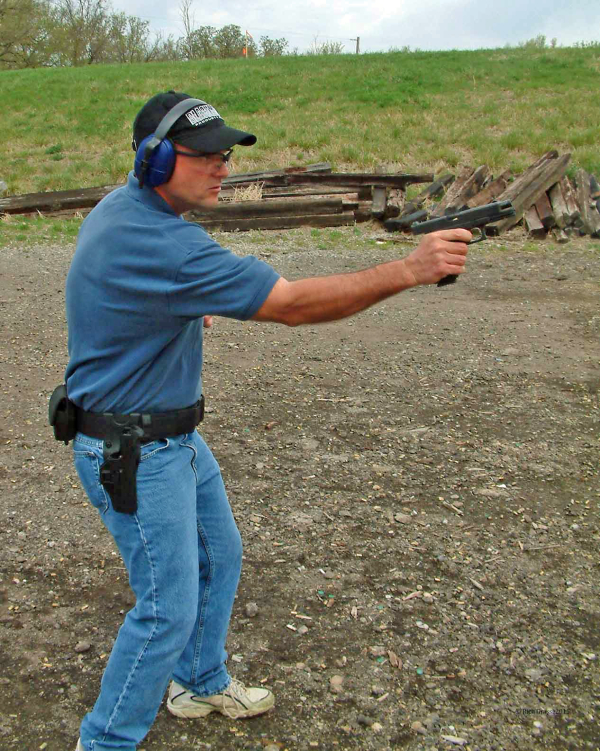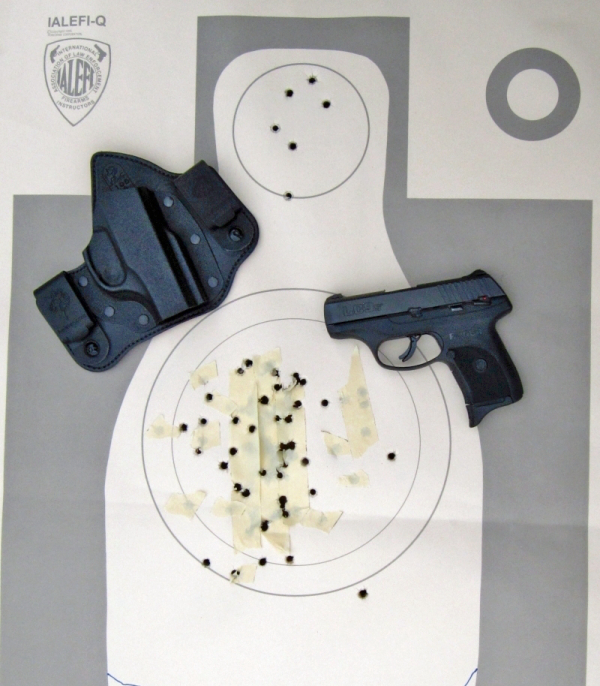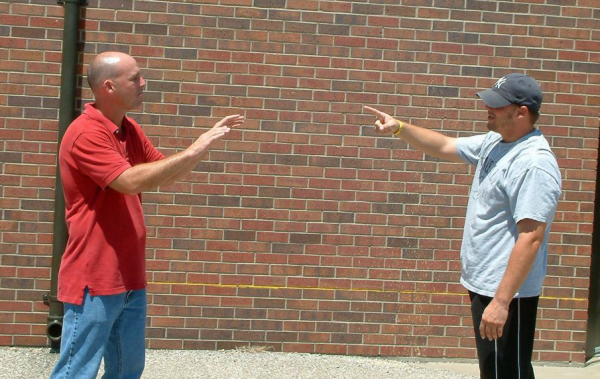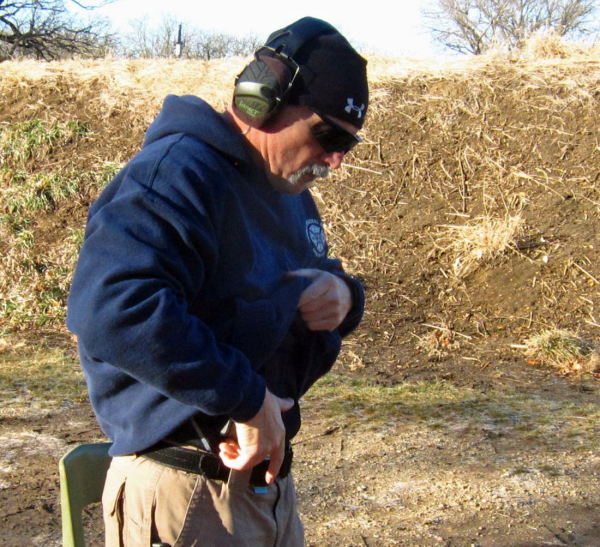
For institutional instruction – law enforcement, military – and for consumer instruction, the more basic the training it seems we have more ‘basic’ instructors. This is not a new phenomenon. It was the troop who liked guns or actually had a DD Form 214 (Report of Separation, US Military) that was often tabbed to be agency firearms instructor, for example.
Similarly, it was the one with apparent mechanical ability who was tasked as being the academy rangemaster – because that’s who’d have to inspect the guns of incoming trainees, certify they were safe to use and, as necessary, bring them back into factory specifications. You don’t spend the money – registration, travel, lodging, per diem – on someone who may not pass the certification, or to be able to accomplish the task.
Those of us who’ve been around since the middle of the preceding century would like to think we’ve heard it all. And on social media, we see complaints about academy/agency/local permit instructors who make utterances like these:
"You're shooting too accurate (sic), you need to speed up and spread the shots around the target.” Or “small groups = shooting too slowly.”

"Spread the shots around, it causes more damage."
“When the shot breaks, continue pressing the trigger – don’t let it out “to reset” until you reacquire the sights.” (“Pinning the trigger.”)
There are also ‘gunshop commando’ tropes like “stopping power” and the ever popular, “If you shoot 100% on the course and you miss on the street, opposing counsel will use that against you.”
Sifting through the fertilizer, we have to consider a few aspects of human behavior. One is realizing that, as commentator Richard Berry noted, “… the less people know, the more they have an opinion.” – And they’re free to express that opinion. Looking up the term “Dunning-Kruger effect” is helpful in that regard. It’s been described as “a cognitive bias in which people with low ability at a task overestimate their ability.”
That’s not nearly all of it. Some of us think we’re paid by the word … that’s my particular problem. In an environment where I had to get critical information to in-service personnel who really just didn’t want to be in training, I flailed about trying to find the right combination of language, showmanship and skills drills to pull people in … with some minimal success.
This verbosity can lead to the ‘gun shop commando’ syndrome, similar to the ‘jailhouse lawyer’ who’s telling you who is the ‘best lawyer’ while he’s serving time with you. These types give you the ‘shorthand’ version of whatever training they’ve had – or worse, what out-of-context information segments they’ve picked up.

One is the famous “21 Foot Rule.” (sic) This intellectually lazy, dangerous bromide bastardizes the Tueller Principle, which has to do with justification for homicide as it relates to contact weapon assaults, proxemics and obstacles.
Another is “never look the gun into the holster.” This is just as bad as “always look the gun into the holster.” Generally, people who complain about Rule 1 – All guns are always loaded – being universal to the point of irrelevancy, use the “always look” thing.


As bad as “looking the gun into the holster isn’t ‘tactical,’” the “always looks” crew runs into the wall of adverse lighting conditions (not complete darkness), not being able to see due to clothing/holster location issues, or having to holster while doing something else. We necessarily start with “look the gun into the holster.” Doing that feeds the physical skill development while the visual confirmation assists less with safety and more with “looking teaches better” for some, if not all, clients.
At some point, being able to holster one-handed by feel becomes an asset – but it’s not a careless, speedy action. It’s considered, deliberate, nearly reluctant. It’s feeling the mouth of the holster with a flagged thumb to sweep fabric or other obstructions from the gun’s path – and to confirm the holster’s location when you can’t see.
But it’s clearly not where we start with a basic class. It takes time to develop the skills, time for practice. Then, perhaps most important, there’s personal desire to acquire the skills.
Institutional instructors are often hampered by issues of time, costs and desired success rates; it’s less about “serving the mission” or “serving the people.” In addition, instructors who seek additional training – including doing so at personal expense of time and money – are looked upon with suspicion, derision and disbelief from those who are out for “good enough.”
That’s an assessment of the problem. What’s the answer?
It’s complicated. And it’s a problem we’ve been fighting since the 1970s anyway. We’ve heard the complaint from people you never heard of and from people you have heard of, like Jim Cirillo and Evan Marshall.
Perhaps we can condense it to, “don’t be that guy …”
-- Rich Grassi